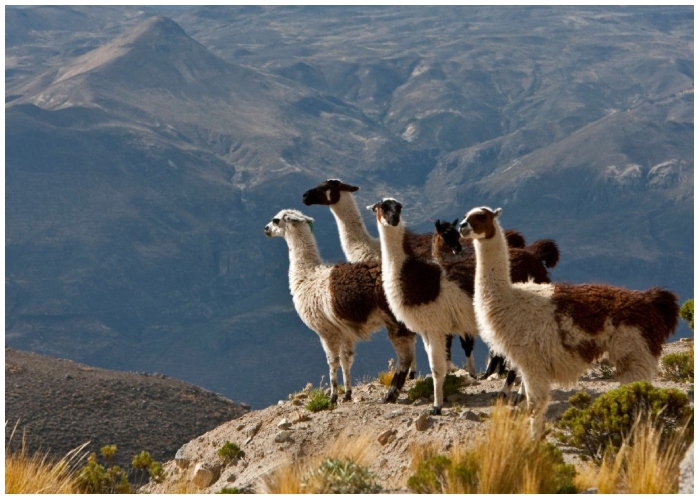As the grim reality of climate change unveils itself through the melting glaciers in Peru, a gleam of hope emerges at the foot of the retreating Uruashraju glacier. A recent study has spotlighted how the ancient practice of llama grazing has proven to be a green thumb, enriching the barren soils left behind by the glaciers. The findings unveil a promising nature-based solution to cushion the adversities of climate change on local ecosystems and communities.
Llamas: The Unsung Heroes of Soil Revitalization
The barren landscapes left in the wake of melting glaciers are often deemed lifeless for decades to come. However, the recent initiative near Peru’s Uruashraju glacier has seen llamas playing the role of unsung heroes in revitalizing these bleak terrains. By grazing on designated plots for a few days each month from 2019 to 2022, llamas not only fertilized the land with their dung but also dispersed viable seeds through their droppings and fur. This seemingly simple intervention yielded remarkable results – a 57% increase in plant cover and a significant improvement in soil quality. It’s not just about the nutritional enrichment; the llamas’ grazing activity aids in the soil’s stabilization, combating erosion and creating a conducive environment for plant growth.

A Beacon of Hope for Climate-Resilient Communities
The positive ripple effect of llama grazing extends beyond soil and plant revitalization. By nurturing the land back to life, llamas are indirectly bolstering the resilience of local communities against climate adversities. The enhanced soil quality and vegetation cover improve moisture retention, which, in turn, mitigates the risks of acidic runoff that poses a threat to farmers’ crops. This natural rehabilitation of land also sparks a ray of hope for generating new pasturelands, which could be a boon for local agriculture and livestock rearing. Furthermore, the rekindling of ancestral Andean camelid herding has a profound cultural resonance, reinstating a sense of agency and cultural identity among local communities, who have endured physical and cultural loss due to centuries of foreign livestock introduction.